What is a Business
Rules Engine?
A BRE is a rules engine software that allows centralized management of an organization’s internal policies and regulations, known as business rules, guaranteeing their compliance and improving the work quality of the work.
AuraQuantic’s Business Rules Engine
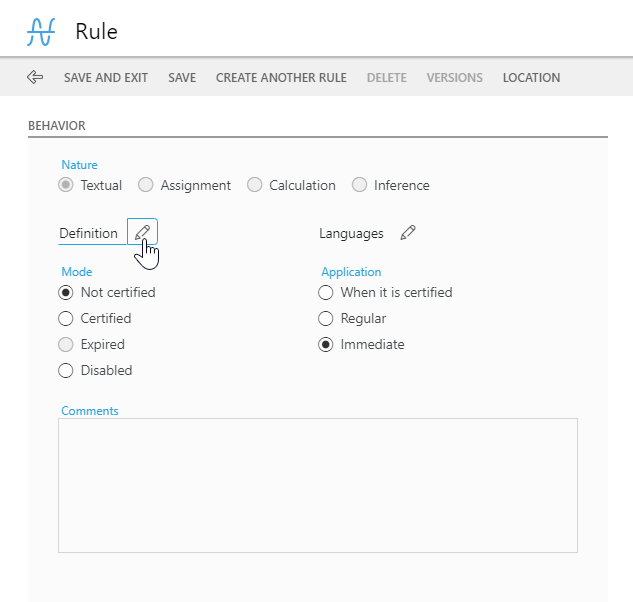
Native business rules
The AuraQuantic business rules engine is in charge of executing the rules defined in the platform.
The included rules cover all necessary business scenarios, and can be combined and nested within each other.
The business rule types are: textual, assignment, calculation and inference.
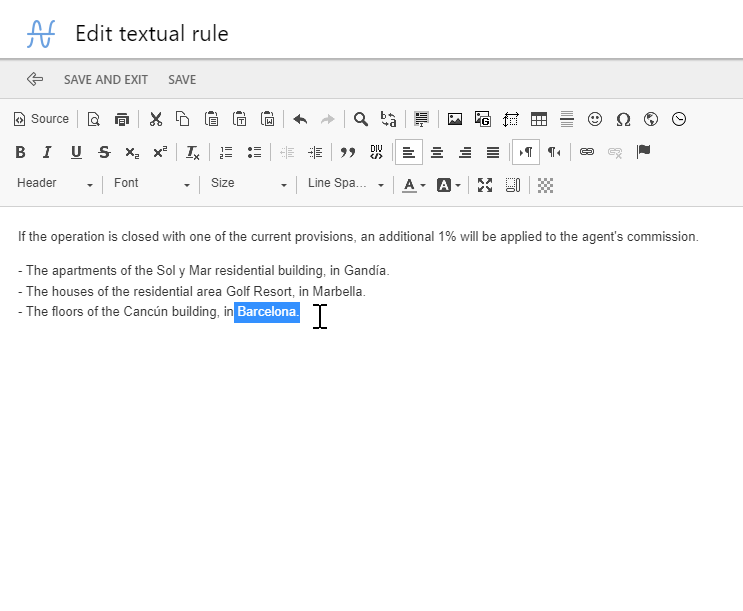
Textual business rule
These rules contain text with clarifications or instructions to follow. They can be used, for example, as instructions in forms.
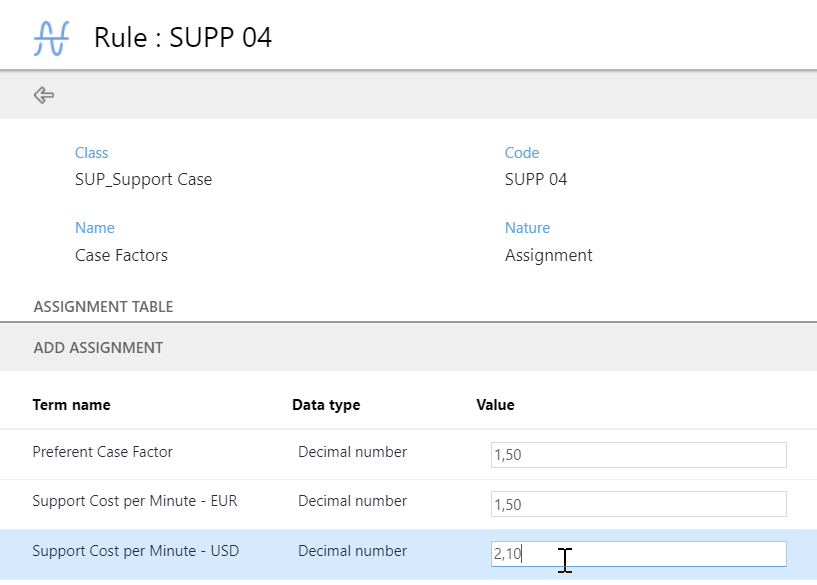
Assignment business rule
They consist of a list of stored values that can be consulted at any time, either by a user or from a process or application.
The business rules engine allows the parameter values to be used frequently as components of other rules, usually calculation.
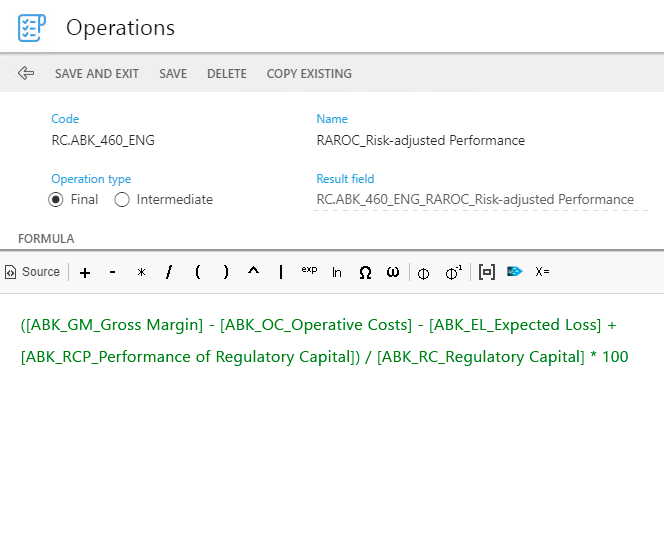
Calculation business rule
These rules use information from the fields completed in an application or during a process, to calculate the indicated mathematical formulas.
The BRE processing times allow highly complex mathematical calculations to be made and can contain other calculation rules
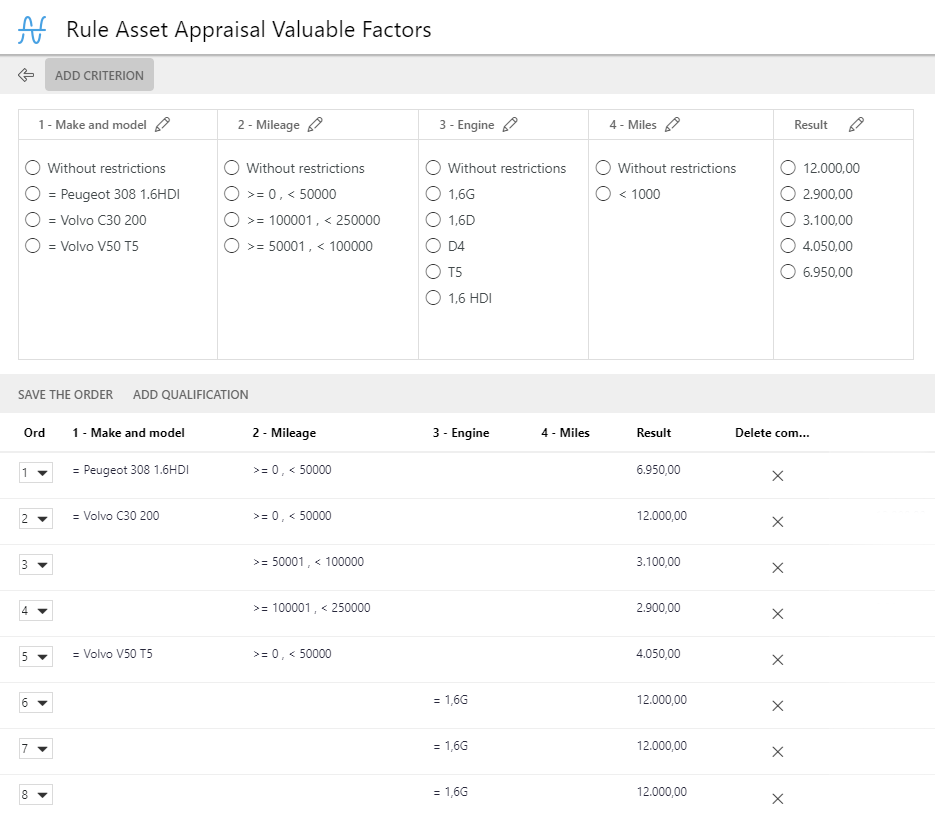
Inference business rule
This type of rule presents a matrix like structure in which conditions and results are defined. They are used in ‘what if’ scenarios where, if certain conditions are met, a specific result is given.
For example, if an insurance policy holder pays a monthly amount greater than $30, travels less than 15,000 km per year and has not had any incident in the last year, an inference rule could be used to determine that a 5% discount should be applied if they take out a complementary policy.
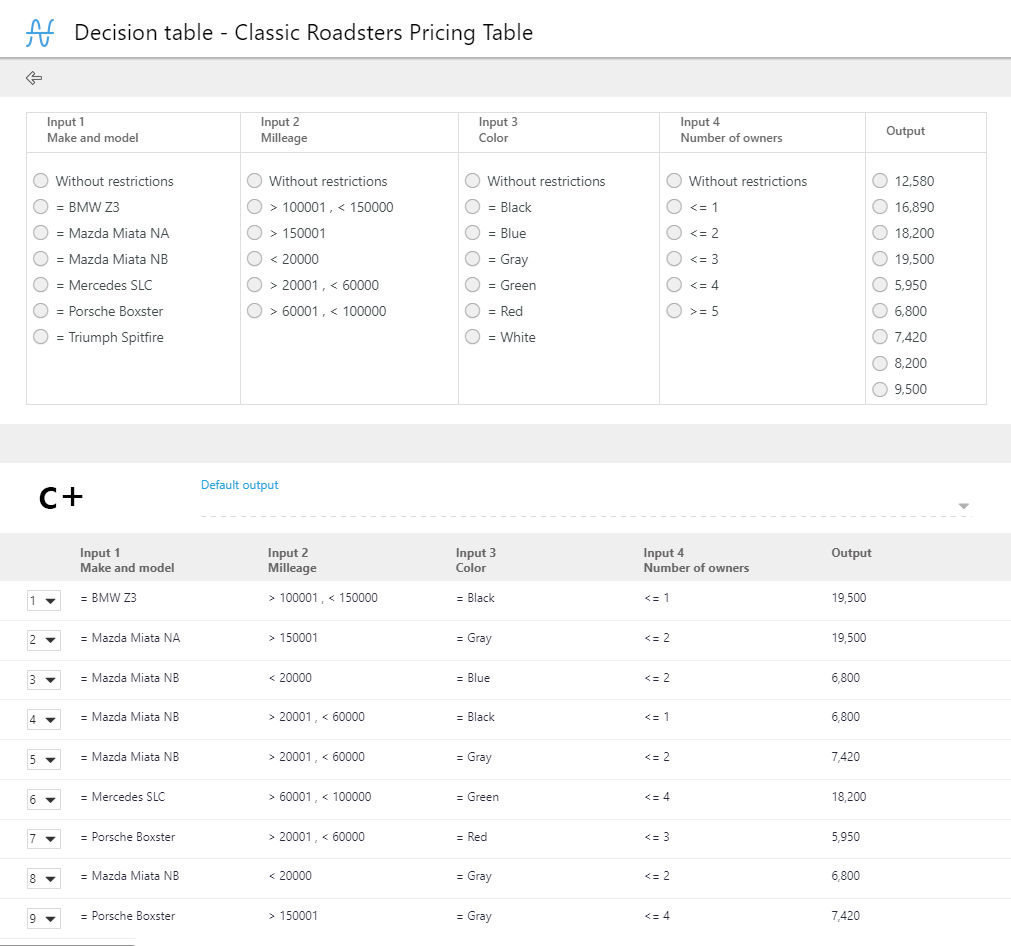
Decision management – DMS
A DMS is a decision rules engine based on a decision table, where each combination in the table is considered a rule.
Each rule in the table contains multiple input values, but just one single output value. The rules must indicate an order of evaluation or priority.
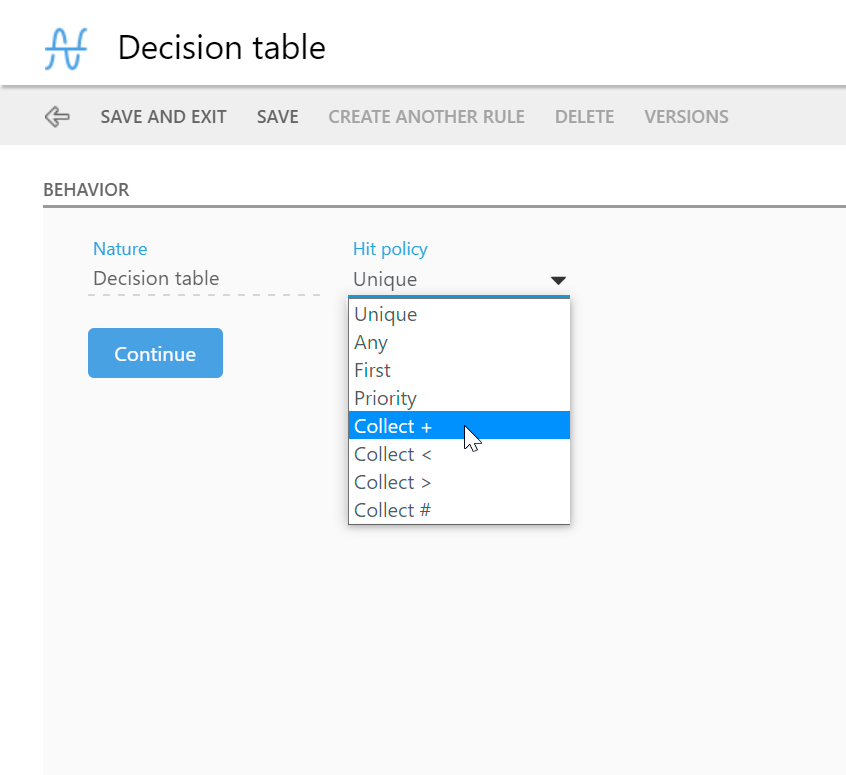
Hit policies
When several business rules are met and there is more than one valid result, a conflict is generated.
The hit policies are used to indicate how to resolve the conflict:

Versioning and certification
In addition to versioning, in the rules engine architecture it is also possible to indicate how the business rules will be applied.
When a rule is ready to be used, the type of application must also be specified, indicating whether it can be invoked by running processes or only by new processes.
This business rules engine covers any possible scenario
AuraQuantic BRE allows the four types of business rules to be combined, solving from the simplest to the most complex scenarios.